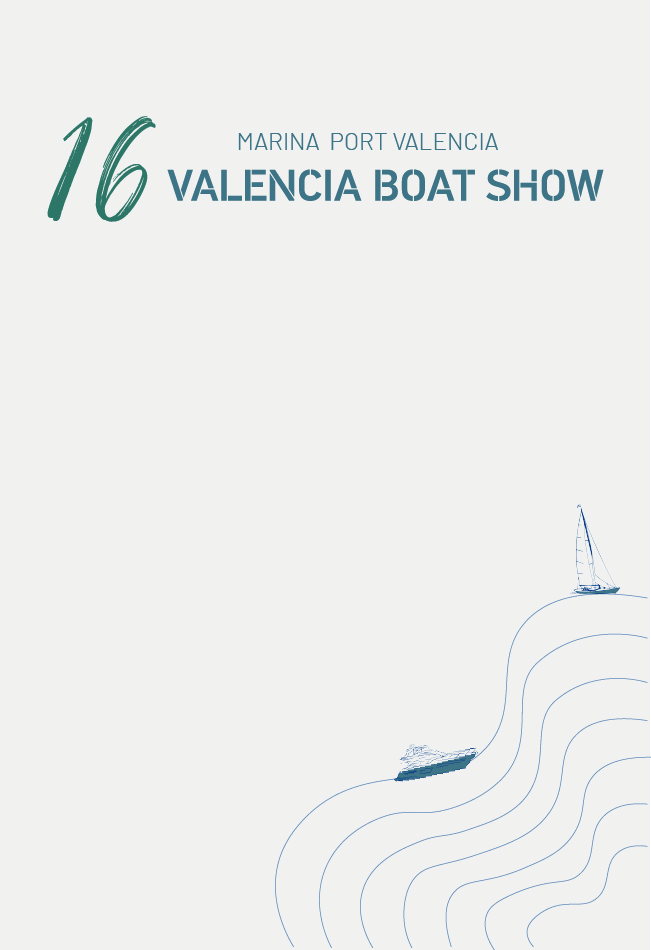I hope you have all had a lovely Easter/Holy Week or, as happens every 33 years, a lovely Passover or Ramadan. Just as we have two terms, or even three if we include the American ‘spring break’, Spanish also has two ways to express this holiest of festivals; Pascua /PAS-skwa/ and Semana Santa /se-MANA SAN-ta/, Easter and Holy Week as respective translations.
Spending Easter here, you may have wondered how to wish someone a happy Easter. Truthfully, there’s no easy answer to this. First of all, it is not common in Spain to wish someone a happy Easter during Holy Week. In fact, the word itself is rather odd as it refers to Easter in its singular form Pascua, but Christmas in its plural form Pascuas, yes, that’s right, Christmas. Don’t ask me why. I have no idea, just like any other Spanish speaker I’ve asked. So, if you must greet someone at Easter, you should go for the completely unambiguous, Feliz Semana Santa /feh-LEETH se-MANA SAN-ta/. If you hear Felices Pascuas /feh-LEE-thez PAS-skwas/, presumably the time of year helps to crack the code.
Not hailing from a religious family, Easter for us was always about the eggs. Rather ignorantly, I didn’t even realise it was the most important religious festival of the year until I arrived in Mallorca. Christmas has always taken the mantle in the Stocker household as it is the only time we all get together. My mum would maybe put up an Easter tree, don’t get excited, it’s more like mug holder with some dangling eggs, not like the magnificently elaborate Christmas tree, or we would maybe have fish on Good Friday (Viernes Santo /BIER-nez SAN-to/), but Easter has never been a particularly special time of year.
Then I moved to Spain and I was greeted with the sight of Seville’s Easter procession – what I was witnessing honestly shocked me the first time I saw it. There were people flagellating themselves (…I said flagellate), real blood dripping down their backs as well as barefooted penitents slowly dragging heavy chains behind them. It seemed extreme and very far removed from a rather jovial Easter Bonnet Parade you might find in the UK – think kids in huge frilly hats with ridiculous designs. It really was one of my first real culture shocks here.
THE PROCESSIONS
If you have just spent your first Easter in Mallorca, you may have been surprised by some of the daily processions that take place in the city centre every evening during Semana Santa. Usually starting along La Rambla and continuing to snake their way around the streets of central Palma, we have the pasos /PAH-sos/, the huge floats carrying models of Mary and Jesus and other such figures. The cofradías /coh-fra-DEEYAS/ or associations belonging to different churches around Palma, carry the floats through the streets with traditional long candles or cirios /THI-ri-os/ to the sound of drums and the brass marching band.
The cofradías dress in their church’s colours with its youngest members keeping cirios lit and trying to collect the constantly falling wax. Stronger members of the association must carry the float itself, some of them even barefoot. These carriers are the costaleros /coh-stal-AIR-oss/ named for the costal /coh-stal/ a hessian-like material which sits on their heads and falls down their backs. Is it here that the weight is carried on the neck, or more specifically on the seventh cervical vertebra, basically the peg at the back of your neck. It’s incredible to think that these men, because let’s be honest, it can only be men who carry this astonishing weight, said to be around 1500kg, on just one vertebra. Not for the faint of heart or weak of neck.
You may have been taken aback by some of the costumes worn as they bear a rather unsettling resemblance to the robes of the Ku Klux Klan. These are the nazarenos /natha-RAIN-os/, even after fourteen years in Mallorca, I still find them an odd sight.
However, having done some research into the age-old question, ‘Which came first, the nazareno or the KKK?’ It would appear that Clare West, the costume designer for the 1915 film The Birth of a Nation, attended the Seville Easter Procession and was inspired by the nazarenos to design the costume of the KKK in the film. The organisation itself actually used West’s design when the group reared its ugly head for a second time. Unfortunately, in the non-Catholic western world, these costumes are synonymous with those racist idiots. Well, now we know the nazarenos came first!!
EASTER FARE
Spain takes Easter food very seriously. We are not just looking at a few chocolate eggs or maybe not eating meat on Good Friday, we are talking about a veritable smorgasbord of Spanish dishes. Some of the classic dishes include panades /puh-NA-dez/, which are little Mallorquín /mayore-KEEN/ pasty-like pies filled with anything from the standard meat and peas, to octopus, chicken curry, tuna or vegetables – you can go nuts and add whatever you want really. The pastry used is the typical Mallorquin one with lard as its fat, it does have a thicker texture than say an Argentinian style puff pastry mini-pie (empanada /em-pan-NADDA/), but they are still tasty, if enjoyed on an annual basis.
Other treats include robiols /robby-YOLS/ a fruit filled or chocolate creme flavoured type of turnover, and crespells /cres-PAYS/, a flower-shaped biscuit also made with lard or saïm /sai-EEM/ in Mallorquín, where the word ensaïmada /en-sai-MA-duh/ comes from. A firm favourite among Mallorquines /mayore-KEEN-ez/ of all ages, the making of these baked goods is also a yearly family tradition. Households get together to make the panades, crespells and robiols – and of course, to feast on them afterwards.
In other parts of Spain, most Easter dishes consist of cod or bacalao /bakka-loww/ like potaje de vigilia /po-TA-hay de be-hil-li-ya/ a stew made from vegetables, cod and chickpeas. As well as buñuelos de bacalao /bun-yu-el-los de bakka-loww/ small cod fishcakes and patatas con bacalao /pah-TA-tas con bakka-loww/ a humble dish of boiled potatoes and cod. Although you can find some of these dishes all year round, they are particularly common around Easter.
If you haven’t already attended the processions or partaken of some Easter baked treats, you will have to wait for next year now. Both Easter traditions are so deeply rooted in the culture that you would be missing out on getting a better insight into Mallorquín culture if you didn’t try them out.
By Alex Stocker


















0 Comments